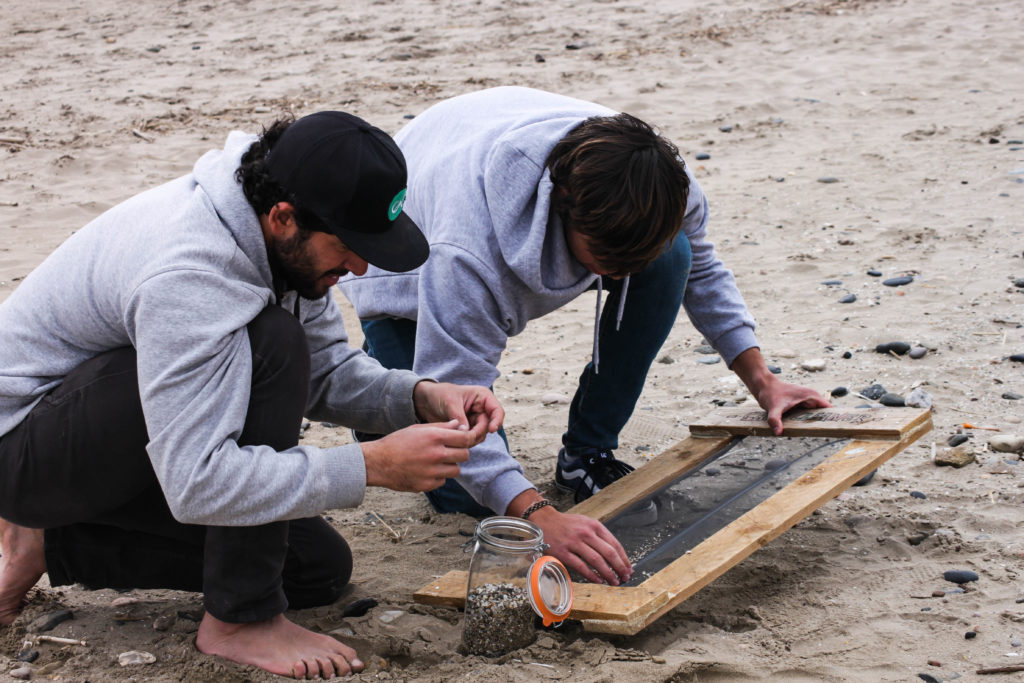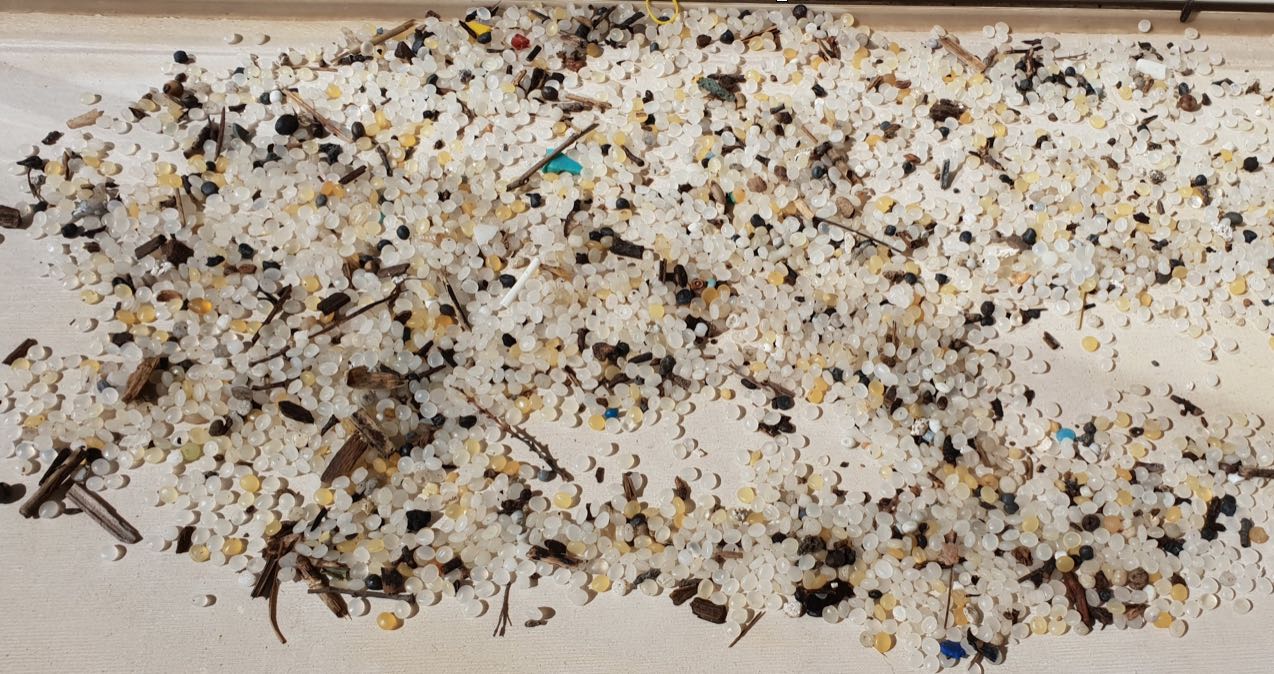Every hour thousands of plastics enter our oceans and that has become obvious in most of the places we know.
A normal day at the beach can become quite interesting if you decide to check how much plastic you can find, and even more interesting, if your beach is next to a commercial port.
Do you know what is a ‘mermaid tear’? We found millions of it. ‘Mermaid tear’ is the name given to the plastic pellets found on the beach.
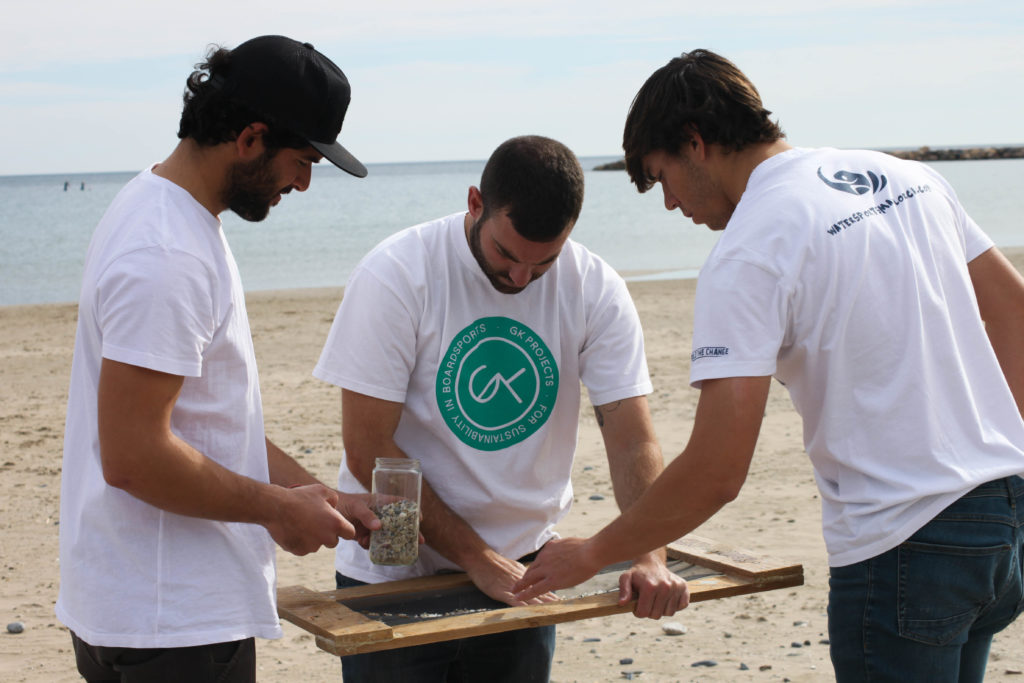
What are plastic pellets?
Pellets or nurdles as they are often called, are pre production plastic resin pellets. Essentially raw plastic before it has been made into an end use item such as a plastic bag, bottle or toy.
How they arrive to our beaches?
Plastic pellets are transported from the manufacturing plant to factories via trucks, trains and cargo containers on ships and spills can occur during manufacture as well as throughout transportation. As pellets are extremely lightweight and float in water they can easily end up in drains, rivers and the sea. Manufacturing plants and transportation companies have a responsibility to ensure safety of their product and they should implement best practices throughout their chain to minimise risk.
How can they be cleaned off the beach?
Pellets can be removed with the use of sieves and manually sifting the sand or through sand separation and flotation (sand sinks & pellets float).
How can they be removed from the water?
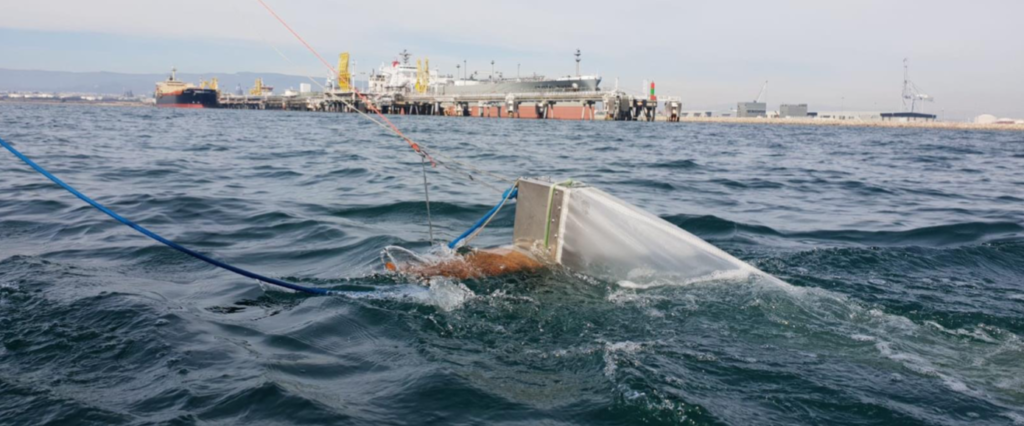
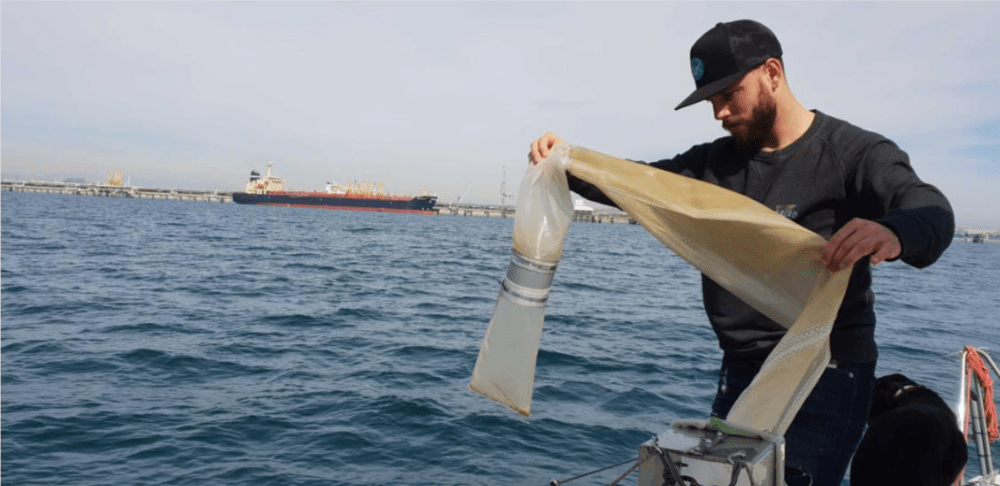
What you see in our pictures is not us trying to clean up the pellets spilling. We were there to quantify and analyse through different methods what was the concentration of pellets in the beach we use to surf. Our conclusion: 30 to 90 millions pellets are hide in the sand of our beach.
The complete results of our investigation were share with others organisations and local authorities for further examination and action.

